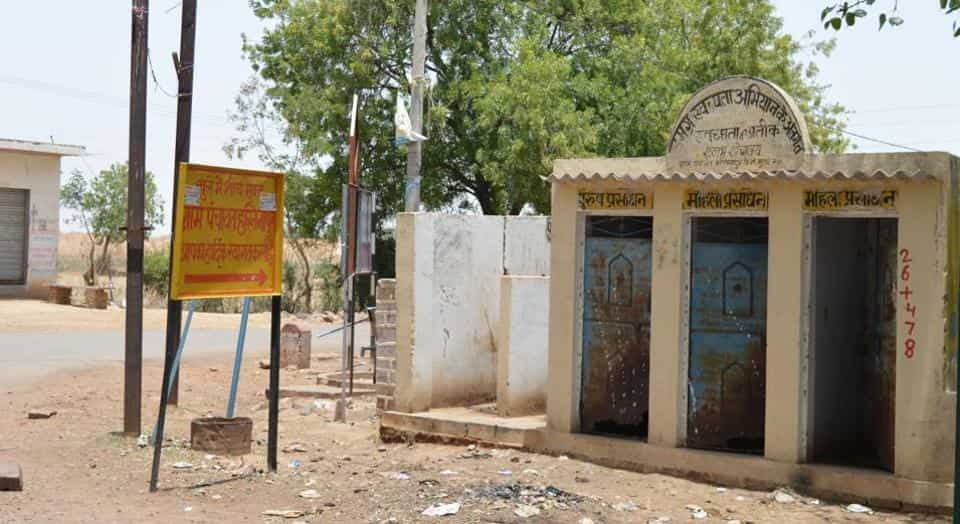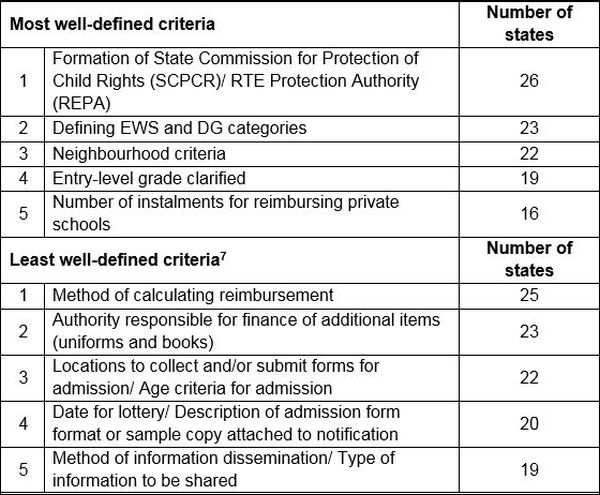While the government’s data reveal substantial progress over three years, experts pointed out much of these claims were not verified.
Tag: Implementation
Malnourished Systems: Why India’s Child Development Programme Is Getting Stunted
Why India’s Child Development Programme Is Getting Stunted?
Competing for better health?
quality of healthcare, regardless of whether this is provided in the private or public system, is the elephant in the room.24/01/2017
Poor quality of healthcare, regardless of whether this is provided in the private or public system, is the elephant in the room.
The many lessons from Swachh Bharat
The lack of institutional capacity at the grassroots to deliver sanitation services is the key binding constraint to achieving Swachh Bharat.
Swachh Bharat Mission’s Success Is Greatly Exaggerated
October 2, 2016 marked the second anniversary of the launch of Swachh Bharat Mission (SBM) – an event that most will remember for the photo-ops of the Prime Minister sweeping the streets of Lutyens Delhi. For those of us who have been following sanitation policy, this photo-op was, in fact, a watershed moment. It marked the first time that an Indian Prime Minister had chosen to stake his political capital on an issue as unglamorous and complex as sanitation. This political moment was an opportunity that most sanitation enthusiasts had been waiting for.
So how well has the Prime Minister been able to convert this high-voltage sanitation campaign into sustained action on the ground? Read this article for more.
Education reform and frontline administrators: A case study from Bihar – II
The frontline administration in India is infamous for corruption and patronage, indifference towards citizens, low effort and high absenteeism. This column reports findings from a year-long qualitative study on frontline education administrators in Bihar.
On RTE,do the math
Now that the Supreme Court has upheld the constitutional validity of reservation of 25 per cent of admissions at the entry-level in private unaided schools for disadvantaged sections, focus should shift to the implementation of this provision. The Right to Education Act stipulates that private unaided schools shall be reimbursed expenditure so incurred by it to the extent of per child expenditure incurred by the state, or the actual amount charged from the child, whichever is less. So if the state spends Rs 1,500 per child and a private unaided school charges Rs 2,000,the school would be reimbursed Rs 1,500 per child admitted under the reservation policy. However, to implement this clause effectively, we need to know precisely how much both state and private schools spend on a per child basis. Unsurprisingly,given the paucity of data,this information is difficult to find and hence has become a hotly contested issue.
The Post Office Paradox: A Case Study of the Block Level Education Bureaucracy
Elementary education administrators at the block level primarily perceive themselves, or report themselves to be, disempowered cogs in a hierarchical administrative culture that renders them powerless. They refer to their own roles and offices as “post offices,” used simply for doing the bidding of higher authorities and ferrying messages between the top and bottom of the education chain.
Using the case of education delivery, this paper attempts to probe an administrator’s perspective in resolving the implementation problem at the last mile and is based on detailed primary fieldwork in Bihar and Andhra Pradesh along with some quantitative surveys conducted in Rajasthan, Maharashtra and Himachal Pradesh. It endeavours to trace the “cognitive maps” of administrators by capturing how last mile public servants see themselves and their jobs, and how notions of job performance are internalised and interpreted within the administrative context of elementary education in India.
Reservation under RTE: Status of implementation and way forward
This column analyses the current status of implementation of Section 12(1)(c) of the Right to Education Act, and suggests ways to overcome hindrances in effective implementation and make the education system more inclusive.
The wrong way to fix government schools
Solution is not to force people with power to participate in government schools, but, to grant power to the people who already do






